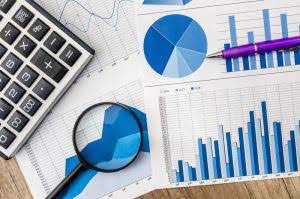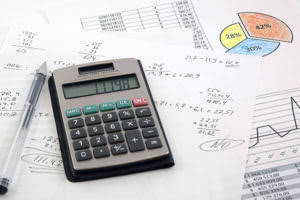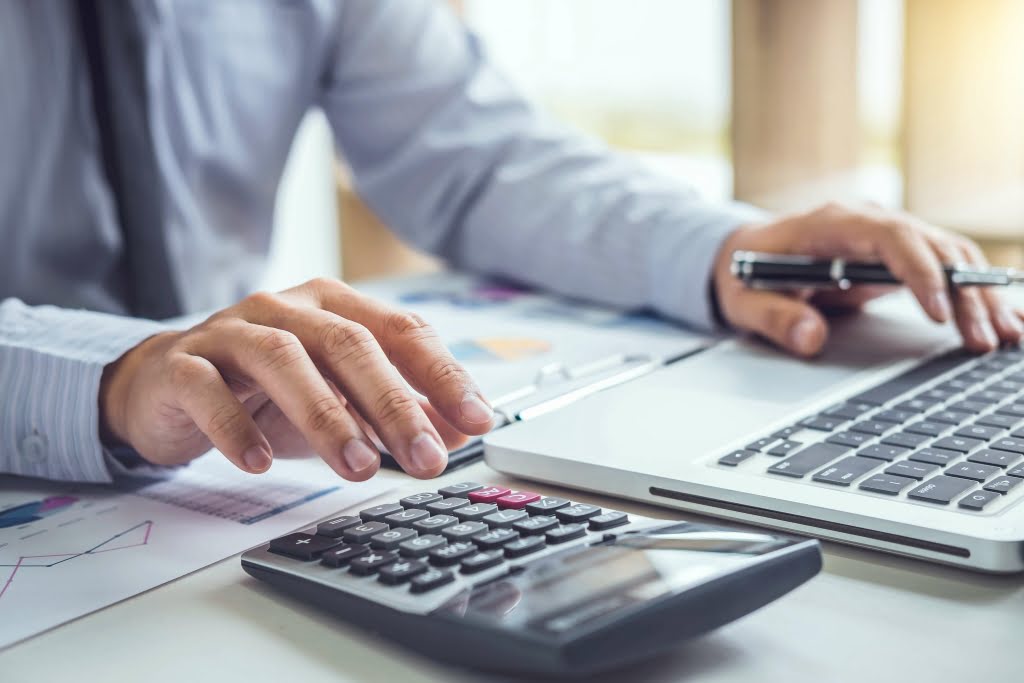
This means that the balance sheet should always balance, hence the name. If they don’t balance, there may be some problems, including incorrect or misplaced data, inventory or exchange rate errors, or miscalculations. For a sole proprietorship or partnership, equity is usually called “owners equity” on the balance sheet. Here we see that the sum of liabilities and equity equals the total assets and the equation balances.
- The accounting equation ensures that the balance sheet remains balanced.
- Looking at a single balance sheet by itself may make it difficult to extract whether a company is performing well.
- The accounting equation is often expressed as an accounting formula and states that the sum of liabilities and equity is always equivalent to the total assets of the organization.
- Below, we’ll break down each term in the simplest way possible, how they relate to each other, and why they’re relevant to your finances.
The equity equation
- Owners’ equity claims are made against the firm rather than the firm’s assets.
- Everything listed is an item that the company has control over and can use to run the business.
- For every business, the sum of the rights to the properties is equal to the sum of properties owned.
- Some liabilities are considered off the balance sheet, meaning they do not appear on the balance sheet.
Do you want to make sure that you’re doing all you can to make your business grow? Unearned revenue from the money you have yet to receive for services or products that you https://www.instagram.com/bookstime_inc have not yet delivered is considered a liability. For example, Netflix has effectively used debt to finance its rapid global expansion while maintaining a manageable debt-to-equity ratio. It is essential to consider the appropriate depreciation method for each asset to ensure accurate financial reporting. For the past 52 years, Harold Averkamp (CPA, MBA) hasworked as an accounting supervisor, manager, consultant, university instructor, and innovator in teaching accounting online. Parts 2 – 6 illustrate transactions involving a sole proprietorship.Parts 7 – 10 illustrate almost identical transactions as they would take place in a corporation.Click here to skip to Part 7.
- Depreciation is the process of allocating the cost of a fixed asset over its useful life.
- Once you’ve learned about the balance sheet, it is important to define the elements or components of the balance sheet.
- Retained earnings are the net earnings a company either reinvests in the business or uses to pay off debt.
- Balance sheets give you a snapshot of all the assets, liabilities and equity that your company has on hand at any given point in time.
How to calculate equity in accounting?
Liabilities include accounts payable, loans and mortgages payable, and deferred revenue. The income statement is a crucial financial statement that showcases the revenues, expenses, and net income of a company over a specific period. To analyze the financial health of a company, it is essential to understand its revenue https://www.bookstime.com/ performance, cost management, and profitability. A company’s shareholders’ equity is composed of both stock and retained earnings. The balance between issuing dividends (returning profits to shareholders) and retaining earnings (reinvesting for growth) reflects a company’s financial strategy and its relationship with its investors.
Balance Sheet: Explanation, Components, and Examples
Assets play a crucial role in driving financial performance and business growth. Efficient management of assets – liabilities = equity assets, such as investing in new technology or optimizing inventory levels, can lead to improved profitability and competitive advantage. In this article, we will explore the components of the accounting equation, its importance in finance, and real-world examples that illustrate its significance. Essentially, equity shows what would be left for the owners if all assets were used to pay off all liabilities.


Understanding how they relate to your situation can really help you before you start to look for a business loan. The other report that small business owners need to understand is their balance sheet. Many small business owners know that the balance sheet is important, but they don’t really understand what it’s telling them. The revenue a company shareholder can claim after debts have been paid is Shareholder Equity. Due within the year, current liabilities on a balance sheet include accounts payable, wages or payroll payable and taxes payable.

The effects of changes in the items of the equation can be shown by the use of + or – signs placed against the affected items. For every business, the sum of the rights to the properties is equal to the sum of properties owned. A financial professional will offer guidance based on the information provided and offer a no-obligation call to better understand your situation. Our goal is to deliver the most understandable and comprehensive explanations of financial topics using simple writing complemented by helpful graphics and animation videos. The articles and research support materials available on this site are educational and are not intended to be investment or tax advice.
